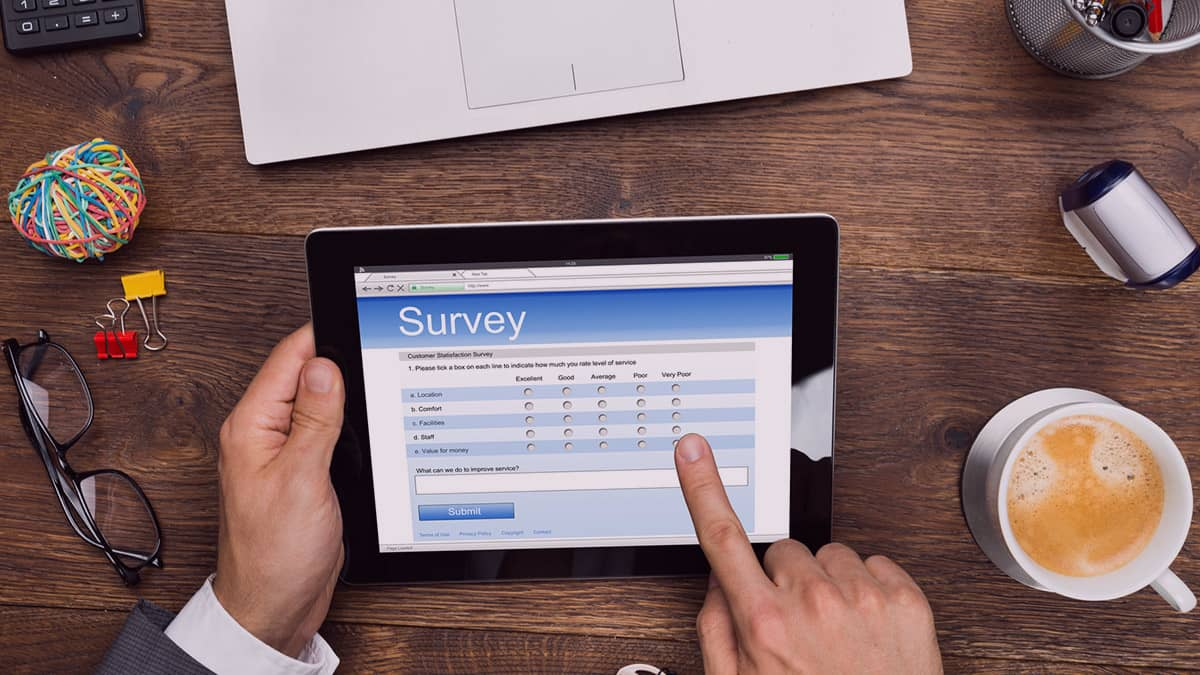Companies must keep up with the trend as the world moves towards a paperless office. They need to use paperless forms to save on costs and ensure they comply with regulations. There is a wide range of standard formats that you can use on paper, but it is not possible to properly format all of them, so you end up consuming more paper.
A paper-based form is a very efficient way for companies to manage customer relationships. However, it is not only a pain to use but also difficult to maintain. In addition, it can be costly and time-consuming. To get rid of this problem and make the process more efficient and cost-effective, we need to find ways of converting paper forms into digital forms.
What is a Digital Form?
A Digital Form is how companies communicate with their customers through their website, e-mail and other communication channels. The form is easy to use, and it allows companies to interact easily and quickly with their customers and make them feel comfortable about interacting with them regularly.
A common problem faced by many website owners is how to improve the conversion rates of their sites. By implementing a digital form on your website, you can improve the conversion rates of your site, increase engagement and provide data to your business analytics.
In contrast to paper-based forms, digital forms are available electronically. With this application, you can capture impossible information with paper forms. These systems eliminate manual data entry, lost paperwork, and damaged reports.
Why use a Digital Form?
Nearly everyone now owns a smart mobile device because of technological advancements. Although we live in the digital age, we still rely heavily on paper forms in our businesses. Embracing mobile devices and apps into a company’s business landscape will propel it forward by making the switch from paper forms to digital forms.
Paper is a major problem in our office as we must keep printing forms, sending files and storing them at different locations. This paper waste can be reduced, and printing costs can be reduced with digital forms. With programming that captures a wide variety of information rapidly, these forms can be filled out faster.
Benefits of Using Digital Forms
The following are some benefits of using digital forms:
Richer data
The advantage of digital forms is that you can capture photos, barcodes, electronic signatures, diagrams, reference links, GPS coordinates, and more using your smartphone. These forms can be useful in compliance and legal and regulatory requirements. Moreover, digital forms are more user-friendly and effective than paper forms.
The telepresence of digital forms has brought about widespread adoption and immediate use of these devices. This has put a lot of pressure on content creators to manage their data and information. However, it’s creating a new challenge for content creators to manage their data effectively.
Save Time
In the past, organisations were required to write reports regularly. Because of writing the report by hand, extra time was required to gather and compile the data. By capturing information, you can accomplish things faster than by writing them by hand. Reports can be generated faster, and information can be gathered and retrieved more quickly.
Eco-friendly
The Internet has drastically changed the way we communicate. It is now possible to communicate in different ways other than face-to-face. The digital revolution leads us toward a clean, green and sustainable world. It is possible to conserve the environment using digital forms supporting green living. Controlling paper waste helps businesses reduce their environmental impact.
Data Storage
Don’t let unorganised records and a pile of paperwork overwhelm you. The cloud provides a secure environment for storing your data using digital forms. It has an extremely large storage capacity, and it is inexpensive, reliable and secure. This technology gives us a solution to our data storage requirements at a fraction of the cost of traditional tape drives.
A company that has to deal with a lot of paperwork but cannot keep track of all the information they have, such as taxes and invoices. Being able to store this information on a single server rather than physically in each record in their database.
Analytics
The desire for data standardisation has been growing at a rapid pace. Organisations worldwide realise the importance of this data standardisation and are looking for ways to minimise the impact of manual data processing.
Data can be analysed when it is standardised in an electronic format. Information like this can be easily shared among members of the organisation. To make informed decisions, dashboards and charts can present the responses.
Conclusion
Data is collected using a digital form, which is equivalent to a paper document. Documents can be digitised in a wide variety of formats. In such situations, digital forms are more convenient because they avoid duplicating data entry from paper forms to computers.
All the features of a paper form can be reproduced digitally, including writing text, drawing sketches, checking boxes, and adding signatures. Digital forms are even more powerful since they enable you to include options that are not available with paper forms. Here are some options available with digital forms that aren’t available with paper forms:
- Add a photo(s) from your mobile device to your report.
- Provide reports with GPS data or addresses based on your geographical location.
- NFC tags and barcodes can be scanned.
- Enter several information series in a table.
- Calculations can be configured automatically.
FAQ
Can I create a digital form for free?
The answer is yes. You can create a digital form that you can use for free.
Where can I create a digital form?
A digital form is an online tool that allows you to create digital forms. It is also called a web form or a web-based form. You can create one using the software and then fill it out on your computer or phone.
Why are digital forms better than paper forms?
Paper forms are still the standard for most of the tasks in the workplace. As a result, many people are still using them. However, digital forms can do almost everything that paper forms can do. This is because of their speed and convenience. Anyone who needs to complete a task quickly and efficiently without having to go through the hassle of filling out paper forms can use them.


